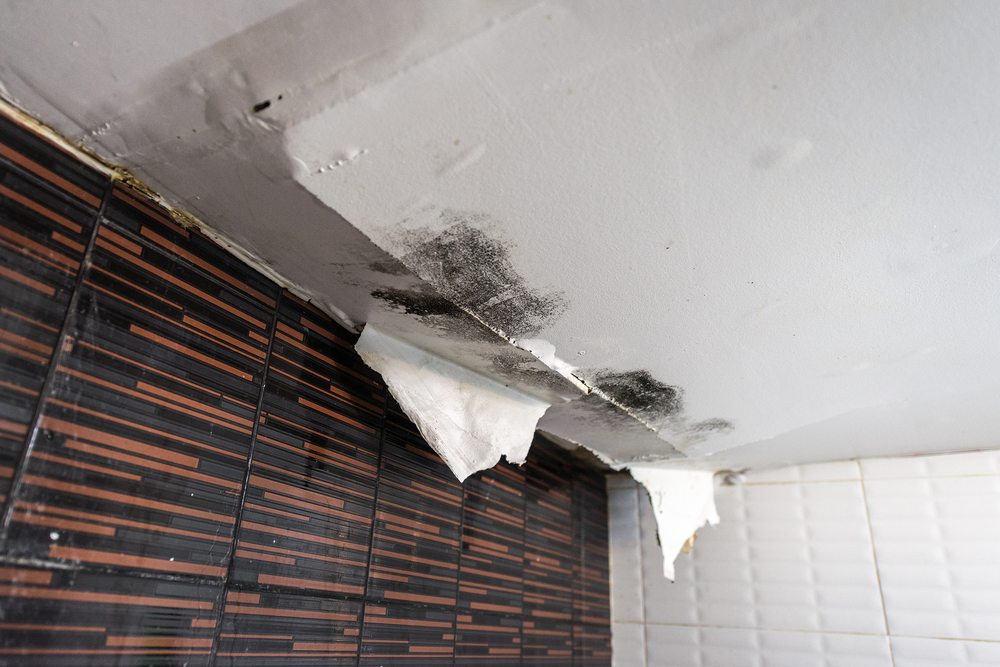Discover the ins and outs of managing and preventing the consequences of “Bathroom Ceiling Water Damage.” Learn how to safeguard your home from potential issues and restore your bathroom to its former glory.

Understanding the Impact of Bathroom Ceiling Water Damage
Identifying the Signs
Spotting early signs of bathroom ceiling damage is crucial for prompt intervention. Stains, discoloration, sagging, or peeling paint on your bathroom ceiling are indicators that water damage may be present. Investigate the source promptly to prevent further deterioration.
The Causes Behind Bathroom Ceiling Water Damage
Leaky Fixtures
Leaky faucets, showerheads, or pipes within the walls can lead to water accumulation in the ceiling. Regularly inspect and repair any leaks to mitigate the risk of water damage.
Poor Ventilation
Inadequate ventilation in the bathroom can result in moisture buildup, contributing to water damage. Ensure proper ventilation through exhaust fans or windows to promote air circulation and prevent condensation.
Dealing with the Consequences
Immediate Action
When faced with bathroom ceiling damage swift action is essential. Begin by identifying and fixing the source of the leak. Then, address the damaged area promptly to prevent the spread of mold and further structural issues.
Repairing Water-Damaged Ceilings
For minor damage, you can use a joint compound or patching plaster to repair water-damaged areas. However, extensive damage may require the expertise of a professional contractor to ensure a thorough and lasting repair.
Preventive Measures for a Water-Resistant Bathroom
Regular Maintenance
Stay proactive by routinely checking for leaks, inspecting caulking, and ensuring proper ventilation. Timely maintenance reduces the likelihood of bathroom ceiling damage and prolongs the life of your bathroom.
Waterproofing
Consider waterproofing your bathroom surfaces, including the ceiling. Waterproof paints, sealants, and membranes can create a protective barrier against moisture, preventing water damage.
Adequate Insulation
Proper insulation in your bathroom helps regulate temperature and reduce condensation, minimizing the risk of water damage. Insulate walls, ceilings, and pipes to create a more resilient and water-resistant environment.
Repairing and Restoring Your Bathroom Ceiling After Water Damage
Professional Restoration
In cases of severe water damage, seeking professional restoration services is advisable. Professionals have the expertise and equipment to assess the extent of the damage, conduct thorough repairs, and restore your bathroom to its pre-damaged condition.
Read too: Understanding and Addressing a Crack in the Basement Ceiling: Unveiling the Dilemma
Conclusion: Safeguarding Your Bathroom Against Water Damage
In conclusion, understanding the causes and consequences of “Bathroom Ceiling Water Damage” empowers homeowners to take proactive measures. Regular maintenance, immediate action in the face of damage, and preventive strategies are key elements in safeguarding your bathroom and home from the potentially costly and hazardous effects of water damage.